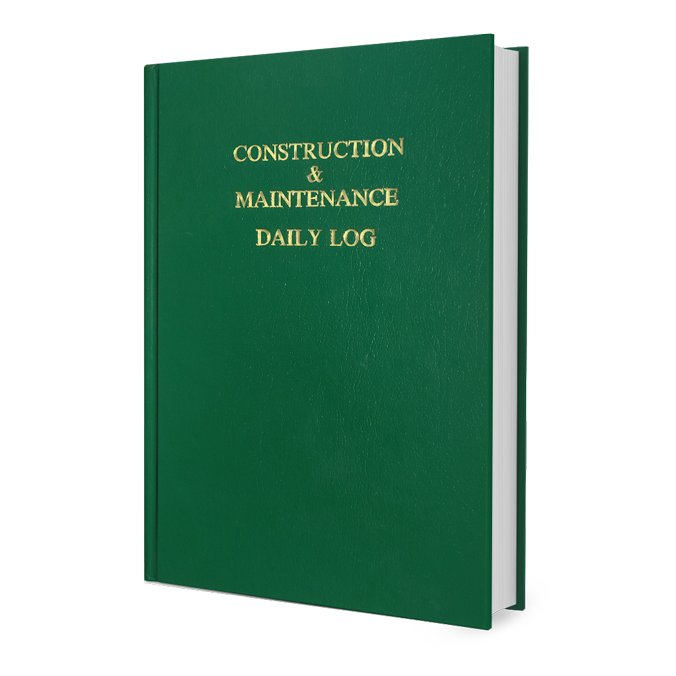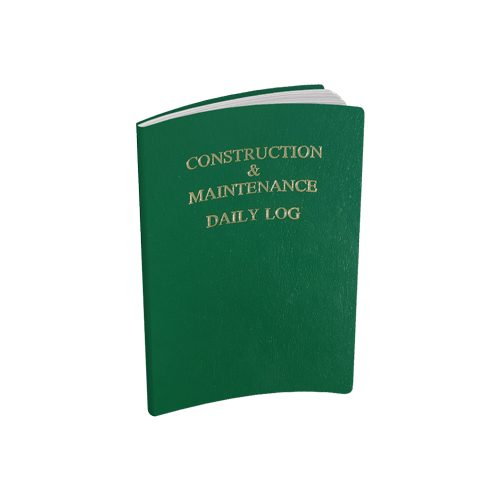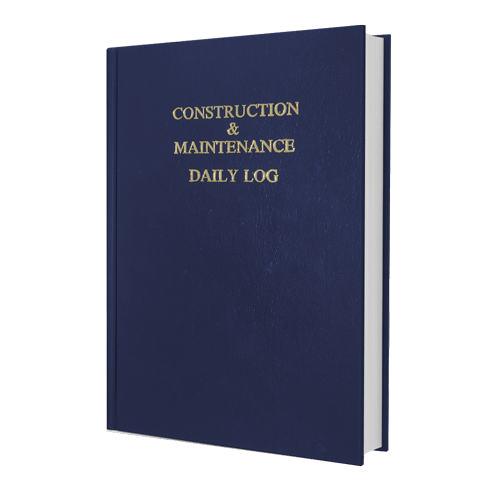Palmer House Hotel (now the Palmer House Hilton) in Chicago and discussed, among other topics, "dues; renting a ‘suitable' office; and furnishing of the same." During the initial meeting, Mr. James Leenhouts, of Grand Rapids Plaster Co., was elected as the first president and chairman of the association, and authorization was given to hire Henry J. Schweim as "engineer of the association." Schweim was also authorized to rent office space and he quickly established the first office of the association in downtown Chicago, at 21 W. Wacker Drive. By the end of the year, he had also been appointed Secretary of the Corporation and was beginning to serve as chief executive officer of the association, a position he would hold until 1947.
Unfortunately, while the intentions of the group were laudable, the timing of their endeavor could not have been much worse, for with the onset of the Great Depression of the '30s, the general business climate quickly became rather difficult for the gypsum industry and the association. Records from the early years of the organization provide a good barometer of the general business conditions of the decade as they contain descriptions of companies "removed from the association for non-payment of dues as a result of the difficult business climate" and a budget that shrank bit-by-bit on an annual basis. However, the association did survive its early years and by 1936 its minutes boast of having 19 members and a Technical Problems Committee.
Then and now
The first years of the organization saw an emphasis on the promotion of gypsum plaster, gypsum lath and gypsum block, and early association activity focused on increasing the use and specification of all gypsum products, solving technical problems, and negotiating "rail traffic" agreements on behalf of the plaster industry. Since some member companies also made lime plaster materials and metal lath, conversations about those materials are also slipped, on occasion, into the organizational minutes.Today, in contrast, the association has a focus that is almost totally on gypsum board; in fact, to be a regular member of the association you have to be "in the business of calcining gypsum and manufacturing gypsum board in accordance with ASTM C 36 or C 1396." While some association member companies do make gypsum plaster and the association occasionally does become involved in plaster issues, the organization's efforts are devoted predominately to gypsum board-related interests.
Like most manufacturer trade associations, today's Gypsum Association serves two primary functions. First, it provides a forum and framework within which its constituent members may meet to discuss and resolve industry issues and concerns. At least twice a year, member company representatives meet face-to-face and thrash out discussions on a wide range of subjects including technical topics, product promotion, safety issues, government regulations and their impact on the industry, and building codes.
Second, the association promotes the use of gypsum board to the architectural and design, code enforcement, and contracting communities and provides a technical clearinghouse for the dissemination of information on the correct use of gypsum board and gypsum panel products. This second function is probably the most visible aspect of the organization's operation as it is the part of the business that produces technical documents and newsletters, and provides assistance to specifiers and applicators of gypsum board and gypsum panel products.
Association profile
Organizational business is directed by a Board of Directors, with each regular member company having a representative, and five member-driven committees: Building Code; Technical; Promotion; Safety and Health; and Governmental Affairs. Organizational management is provided by a full-time staff that is based in an office located eight blocks from the U.S. Capitol in Washington; the association's home since 1989, when it was relocated from Illinois. The District of Columbia location allows the organization to easily interact with the many other industry organizations that are based in the area.Association staff is thoroughly involved in the business of gypsum board. In an attempt to provide a voice for association members in a variety of forums, staff members work closely with state- and federal-level government entities such as the Mine Safety and Health Administration, and hold positions on important building code and technical committees, including those sponsored by ASTM International, the International Code Council and the National Fire Protection association. In addition, the association collects and collates statistical information for internal and external industry use and for the Department of Commerce.
And it's a big industry that the staff represents. While the actual association membership count has historically been comparatively small in number when viewed in the context of other manufacturing trade associations-it currently consists of all eight companies that manufacture gypsum board in the U.S. and all four that manufacture in Canada-the overall U.S. gypsum board industry is quite large and was conservatively estimated by the 1997 United States Economic Census of Business to have a total shipment value of over $4 billion. Association members produce and ship more than 99 percent of the gypsum board that is used in the U.S. and many member companies are involved in the manufacture of ancillary business materials such as joint treatment products, tile backer materials and ceiling tiles.
The quantity of board produced by member companies continues to grow. In 2003, association member companies shipped almost 32 billion square feet of board in the U.S. and more than 3 billion square feet in Canada, both figures being calendar year historical record quantities. As of the writing of this column, shipments for calendar year 2004 were running approximately 5 percent ahead of the previous year on an annual basis, and signs are indicating another year of record production for the industry. Final 2004 production statistics should be available as you read this article.
As association staff, we are always proud to tell the story of an industry that has been such an integral part of the growth of the North American economy. So as we observe our anniversary throughout the next year, you can expect to see a smattering of columns on less weighty topics mixed in with our usual technical subject mix. We likely will touch on the early history of the development of gypsum board and the infant phases of the gypsum board industry as well as other historical gypsum-related topics. It's always fun to have something to commemorate; our goal is to educate at the same time.




